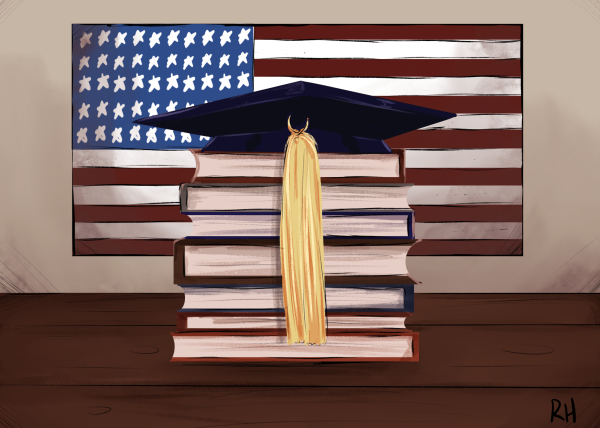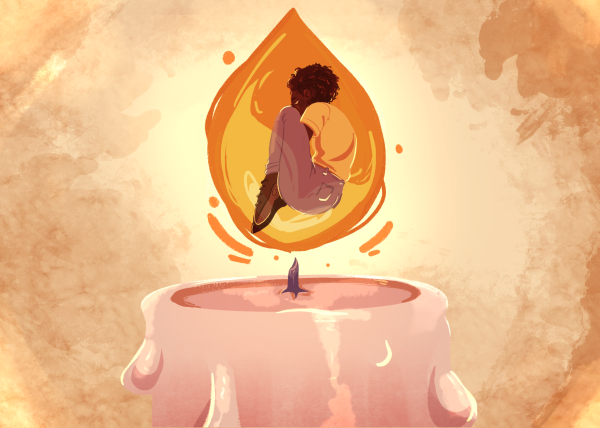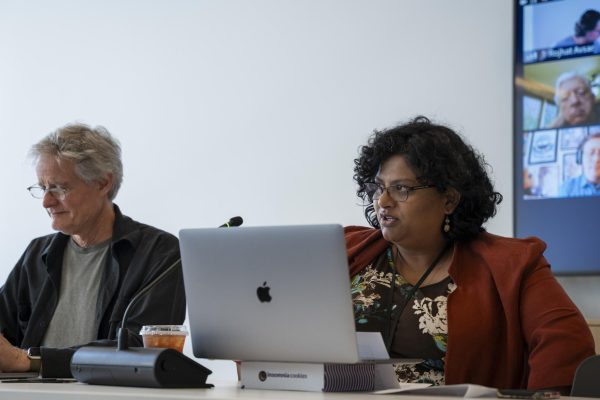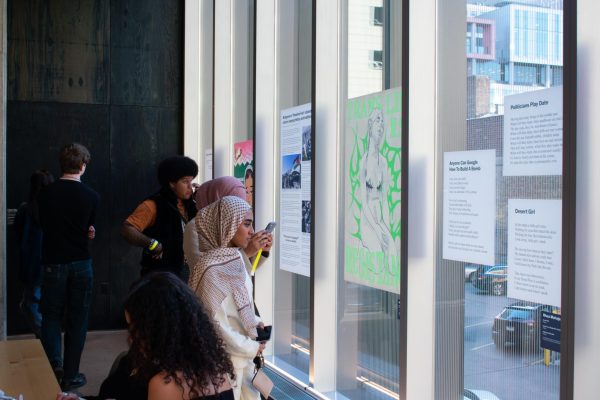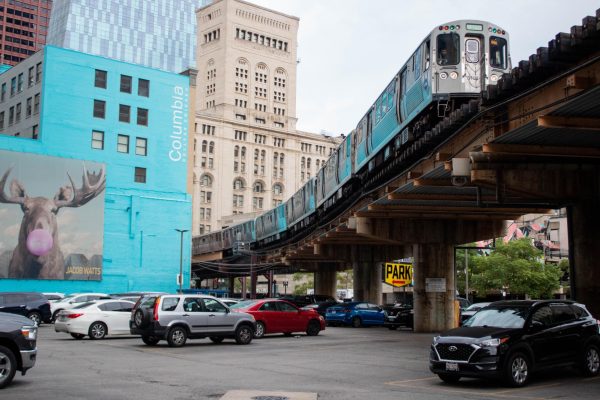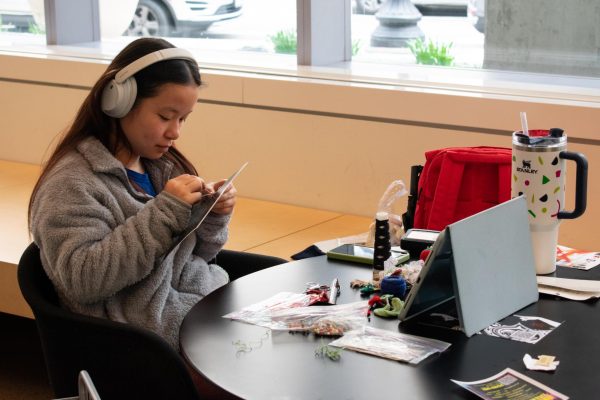Going green
September 29, 2008
by John Wawrzaszek
Faculty, Recycling Program director
Life is a shame sometimes anyway, she thinks. Things come and go-as is the natural order of the world, like seasons. Buildings are constructed in every empty lot of city space. The last tree on her block, squatting in a vacant lot, littered with trash and nestled between two newly constructed condos finally came down during a weekend she was away visiting friends. Things always take a while to sink in with her. She walked by the construction crew for a week before she noticed the missing urban appendage.
She had looked upon that tree for almost two years with hope that not all the city was up for grabs. Like so many others, it fell to urbanization. This is the case everywhere. Her neighborhood was just a personal example of “Out with the old, in with the nuances.”
“Going Green” is the new buzzphrase, yet she is hardpressed to see any outside her window. Where is the green going? The tree was nothing special. It was not a grand conifer or a lush deciduous elder, rather, just a slender pliant sapling, surely stunted from the combination of groundwater contamination, smog and the influx of foreign insect species. This tree represented the last bastion of nature’s prominence over man, solitarily proclaiming, “We will be here long after you are gone.” Yet, man has his agenda, one that selfishly embraces the most modern, and possibly scariest, version of Manifest Destiny. She is aware of that fact, for around every corner of the city, this seems to be the norm.
Visiting friends in other cities, she notices new construction and rehabbing of anything old. Looking out the window of an Amtrak train, she sees new roads cut through farmland. Looking out the porthole of an airplane, quadrants of urban development seem to stretch farther than the zip codes should allow. Looking out from the passenger’s seat, strip malls and franchised restaurants spring up like flowers. She searches hard for a watermark, but the rivers are nonexistent. She peers out trying to catch a glimpse of green space, but finds mostly blacktop pavement. She has heard rumblings of wind power turbines being constructed in farmland, but, from where she sits, there are only wind battered barbed wire fences and nicely illuminated billboards.
If the city was a tree, when cut open, could its rings be counted back to reveal when population became this epidemic? Rural landscapes are becoming a thing of the past as population growth pushes past yesterday’s outer limits. Cities aren’t safe, suburban sprawl is moving inward. In between it all is her apartment, her neighborhood and her city, becoming less of what she remembers as a child and more of a world she is not sure she wants to embrace as an adult. So in defiance one night, armed with a flashlight and a bucket, she crawls under some construction barriers in search of any living foliage. Protected by an orange parking cone and some crumpled newspaper pages is a little plant fighting for survival. With her bare hands, she removes the sapling and places it safely in the bucket. At home, she digs out a spot in her garden and carefully replants this specimen. In time, she hopes this grows into a budding example of nature’s beauty within the city’s center.
recycling@colum.edu
The aim of “Natural Tendencies” is to show the relationships between humans and nature, as well as to better understand human nature. This is the third edition of Critical Encounters.
If you would like to submit to Human “Natural Tendencies,” please contact Kevin Fuller at (312) 369-8505 or kgfuller@colum.edu.


